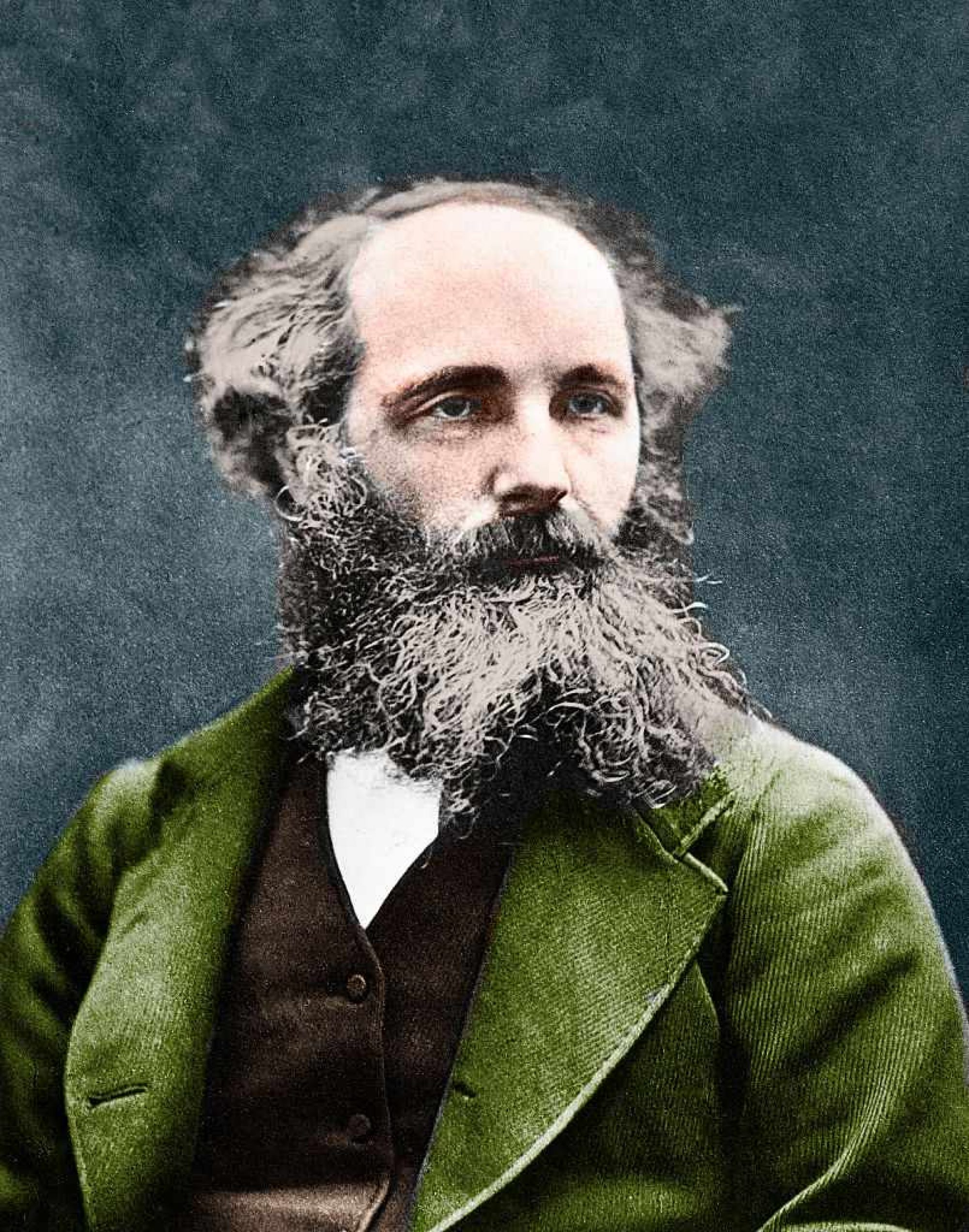This week I primarily worked on the integration of the Faraday’s law experiment and the web application. Because last week I was not able to install libm2k (a C++ library that interfaces with ADALM) and its Python bindings on my Mac laptop, I worked with Aaron to see if his Windows computer would support the library. I shared with him my findings, and we were able to successfully install libm2k and control an ADALM’s oscilloscopes directly with a Python script. We realized that the noise was significant in the data, so I employed the Butterworth digital lowpass from SciPy to filter out the noise. The original (red) and filtered signal (blue) are displayed below.

I also worked with Aaron to display the oscilloscope plots on the web app in real time, where we faced some challenges related to the smoothness of the animation, and we will continue to work on it next week. If this problem persists, we will look into other ways to display the oscilloscope plots, such as using Scopy.
I also started designing the final version of the Faraday’s experiment, and will purchase and laser cut a few more parts, and fabricate the system next week. Overall, I believe I am on schedule, as last week’s challenge with using libm2k was solved.
Testing and Validation
The following is a list of tests that I have or will run along with the analyses for the results.
- Used a power drill to spin the magnets in the Faraday’s law experiment at a very high rate and induced a peak-to-peak voltage of about 16V to see if the LEDs would blow out. Observed that the LEDs used continued to function normally, so in regular use-cases the LEDs should not pose any danger to the user.
- Inspect the final experiments to ensure there are no sharp edges, corners that can be dangerous.
- Use the experiment under different scenarios (applying varying forces, performing unintended behaviors, etc) and repeatedly to ensure it’s robust.
- Proofread the content of the educational modules and let other people with different levels of experience in physics to use the modules to test the modules’ effectiveness and clearness.
- Measure the delay between action performed in the experiment and the response of the web application to see if the delay is within the limit we set forth.
- Measure the induced AC voltage with Scopy and compare the result with our measured results to see if the measurements are accurate.
